Companion Plants For Echinacea: Learn What To Plant With Coneflowers
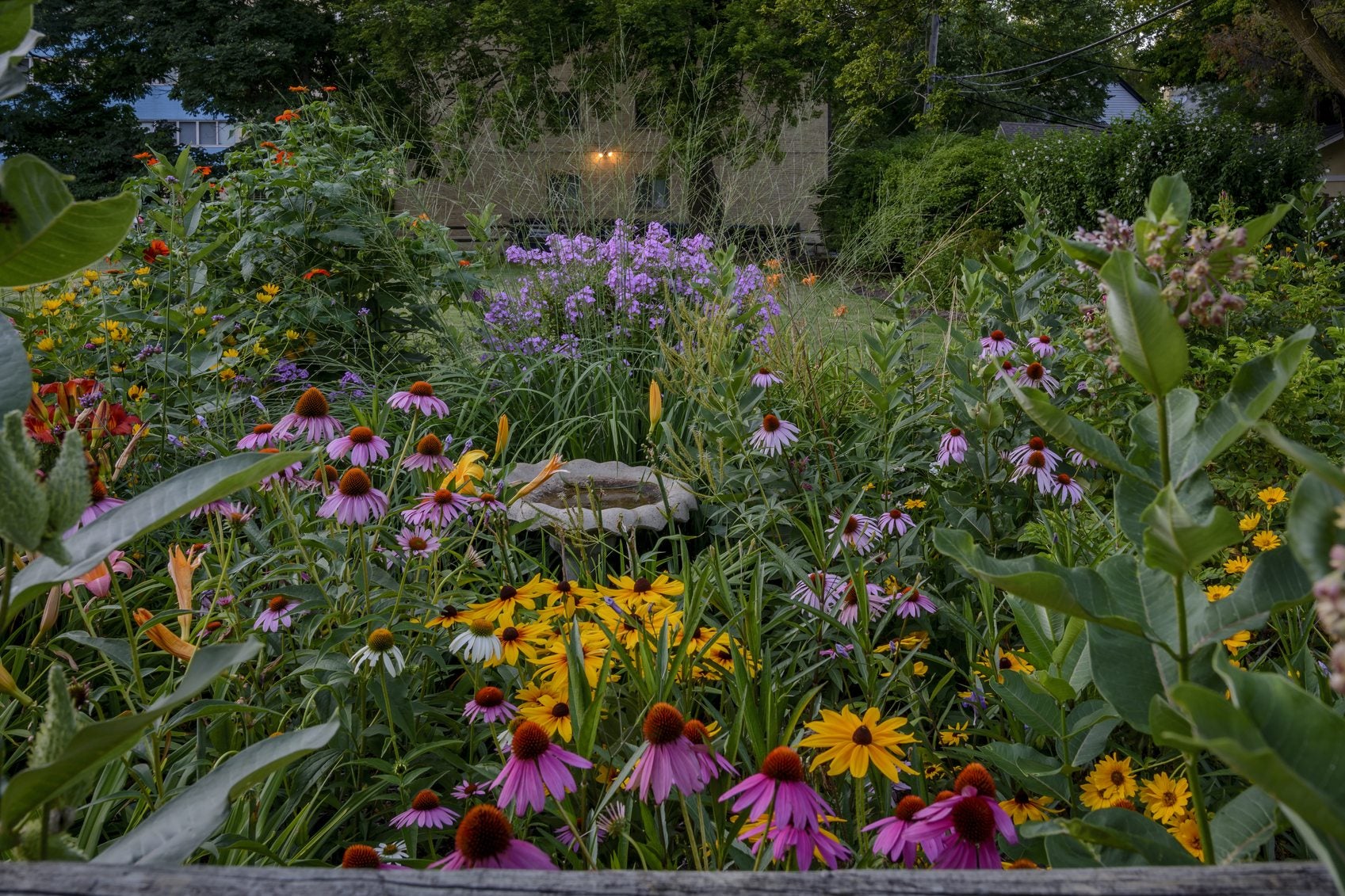

Echinacea, or purple coneflower, is an outstanding perennial that thrives on neglect. These cheery, pinkish purple flowers can grow up to 3 feet (1 m.) in height with a similar spread. They attract pollinating insects and add statuesque color to a perennial flower garden.
Companion plants for Echinacea should have similar cultural requirements and can create a bed with attractive blooms for any beneficial insect. To create a lively color bed, choose Echinacea companions that offer dimension as well as tones and textures that set off these stoic beauties.
Coneflower Companion Plants
Echinacea produces a rayed flower that spans 2 to 4 inches (5-10 cm.) in width. When contemplating what to plant with coneflowers, consider other flowering plants as well as foliage superstars to enhance their beauty.
Another garden scheme to consider is to use all natives as companions for Echinacea. Echinacea is native to the central and eastern parts of North America. These easy bloomers are hardy to USDA zones 3 to 9. Native plants are perfect for the perennial garden.
Since they are native, they are very adaptable to the existing conditions and do not require as much care as introduced species. An excellent native to pair with Echinacea is butterfly weed, or Asclepias. It has bright orange blooms and does indeed attract butterflies.
Gaillardia has all the tones of a sunset, while black-eyed Susan brings cheery yellow and a similar rayed flower. Lupines come in an array of tones and are early season color, while hardy geranium creates a carpet of jewel tones and makes an excellent base plant in the bed. Other native coneflower companion plants include:
Pollinator Attracting Companion Planting with Echinacea
If you want to bring in the bees, butterflies, and other pollinators, a flowering and fruiting garden can help and there are many brightly colored choices. A sea of jewel tones and softer pastels will draw pollinators like a magnet and improve the overall health of your landscape. Goldenrod provides a cloud of lemony blooms, while sedum plants have puffs of pink to yellow flowers on hardy succulent bases. Other companion plants for Echinacea might be:
Gardening tips, videos, info and more delivered right to your inbox!
Sign up for the Gardening Know How newsletter today and receive a free copy of our e-book "How to Grow Delicious Tomatoes".
Foliage Accents for Coneflowers
Companion planting with Echinacea isn't just about the flowers. If you are wondering what to plant with coneflowers, there are many foliage plants that will provide just the right accent amongst the blooms. Many of the new coleus cultivars are now just as happy in the sun as they are in shade.
Heuchera, or coral bells, are tough perennials with fluted leaves and numerous colors from which to choose. Smoke bush may get a little large but is an excellent foliage plant for the back of the perennial garden.
Outstanding blue-green leaves or burgundy foliage offer options for contrast. Lily turf has strappy leaves, is often variegated, and is hardy in most zones. Ornamental grasses that prefer sunny, well-drained soil are excellent Echinacea companions.
Their movement and grace are perfect complements to coneflower's bright beauty and there are numerous varieties from which to choose that often produce fascinating inflorescences to add double interest to the garden.

Bonnie Grant is a professional landscaper with a Certification in Urban Gardening. She has been gardening and writing for 15 years. A former professional chef, she has a passion for edible landscaping.
-
 Get Ready For A Summer Of Hummers! Grow These Full Sun Hummingbird Plants and Flowers
Get Ready For A Summer Of Hummers! Grow These Full Sun Hummingbird Plants and FlowersIf you’re lucky enough to enjoy a sunny backyard, make sure you are maxing out on your pollinator opportunities and grow these full sun hummingbird plants and flowers
By Tonya Barnett
-
 12 Lush Alternatives To A Lawn For Sustainable Spaces
12 Lush Alternatives To A Lawn For Sustainable SpacesAlternatives to a lawn are beautiful and also beneficial to your local ecosystem and its pollinators. Explore our top picks for plants to replace grass.
By Tonya Barnett
-
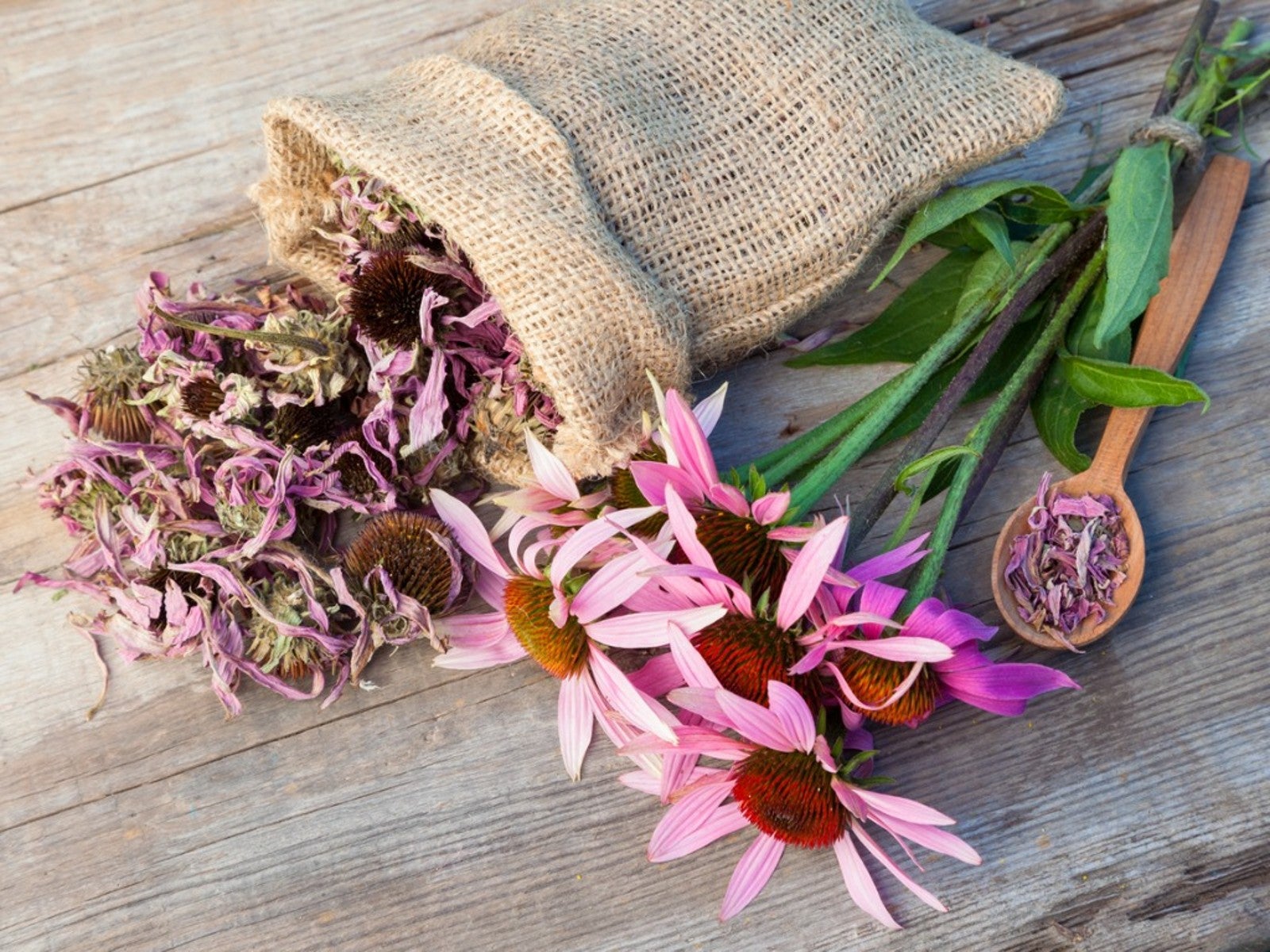 How To Harvest Echinacea Flowers, Seeds And Roots
How To Harvest Echinacea Flowers, Seeds And RootsThe entire echinacea plant can be harvested and used for medicine and health. Learn here how to harvest your pretty coneflowers, from seeds to roots.
By Mary Ellen Ellis
-
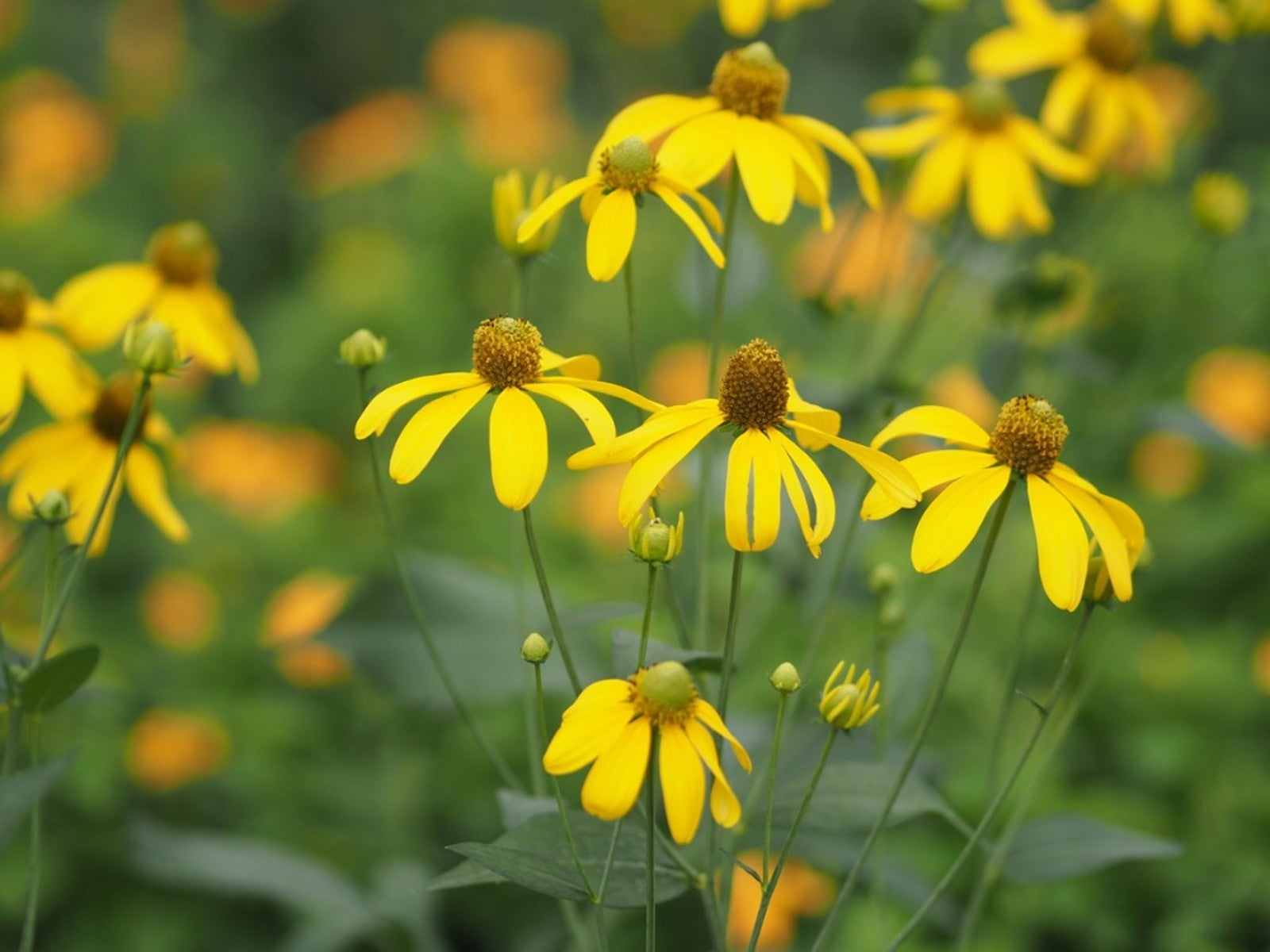 Growing Cutleaf Coneflower - Is Cutleaf Coneflower A Weed
Growing Cutleaf Coneflower - Is Cutleaf Coneflower A WeedCutleaf coneflower is a native wildflower, but that doesn't stop some from finding it weedy. Click here for more information.
By Mary Ellen Ellis
-
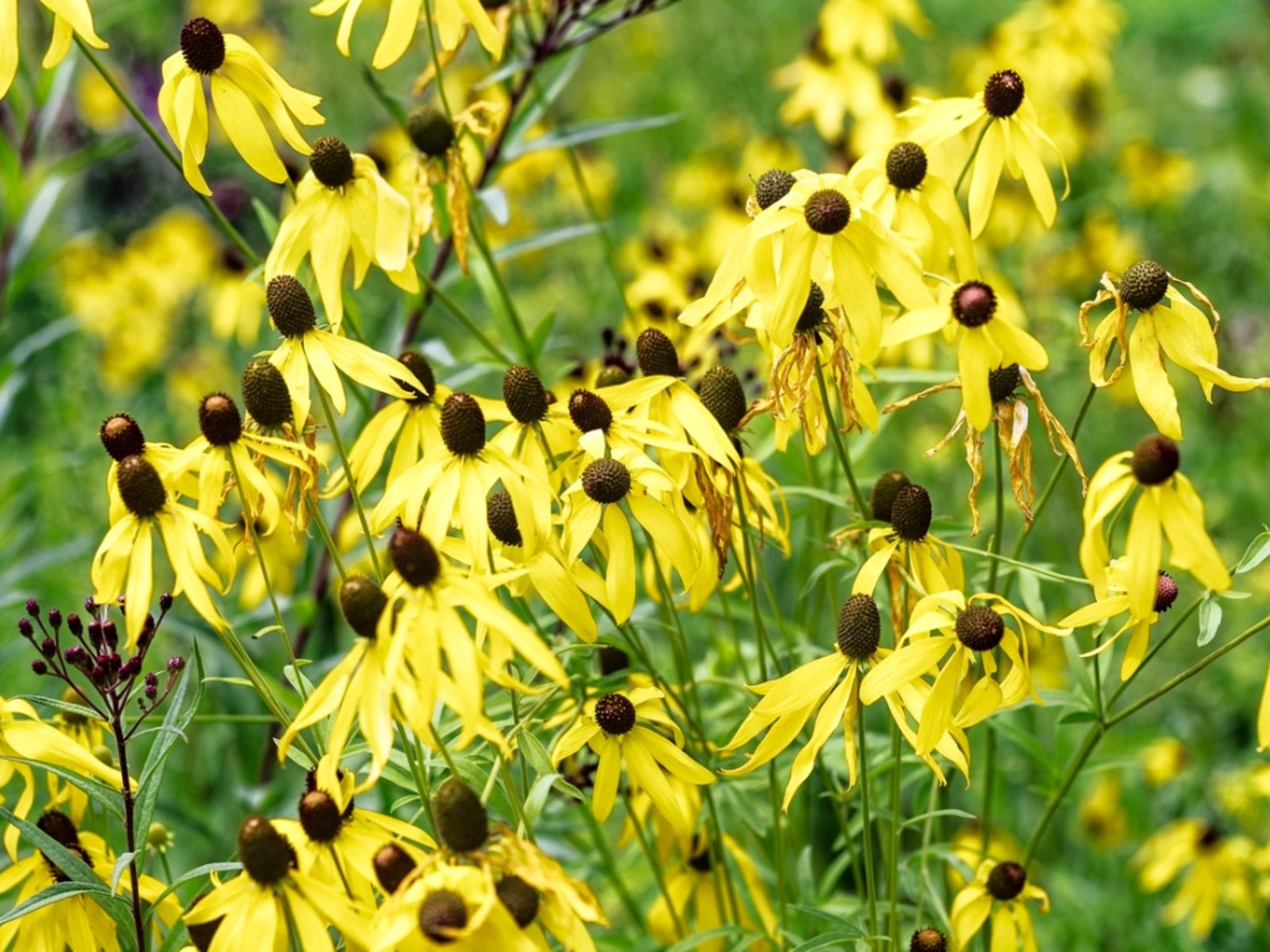 What Is A Gray Headed Coneflower Plant - Care For Gray Headed Coneflowers
What Is A Gray Headed Coneflower Plant - Care For Gray Headed ConeflowersThe gray headed coneflower plant goes by many names and is a native wildflower. Click here for more information on this perennial plant.
By Mary Ellen Ellis
-
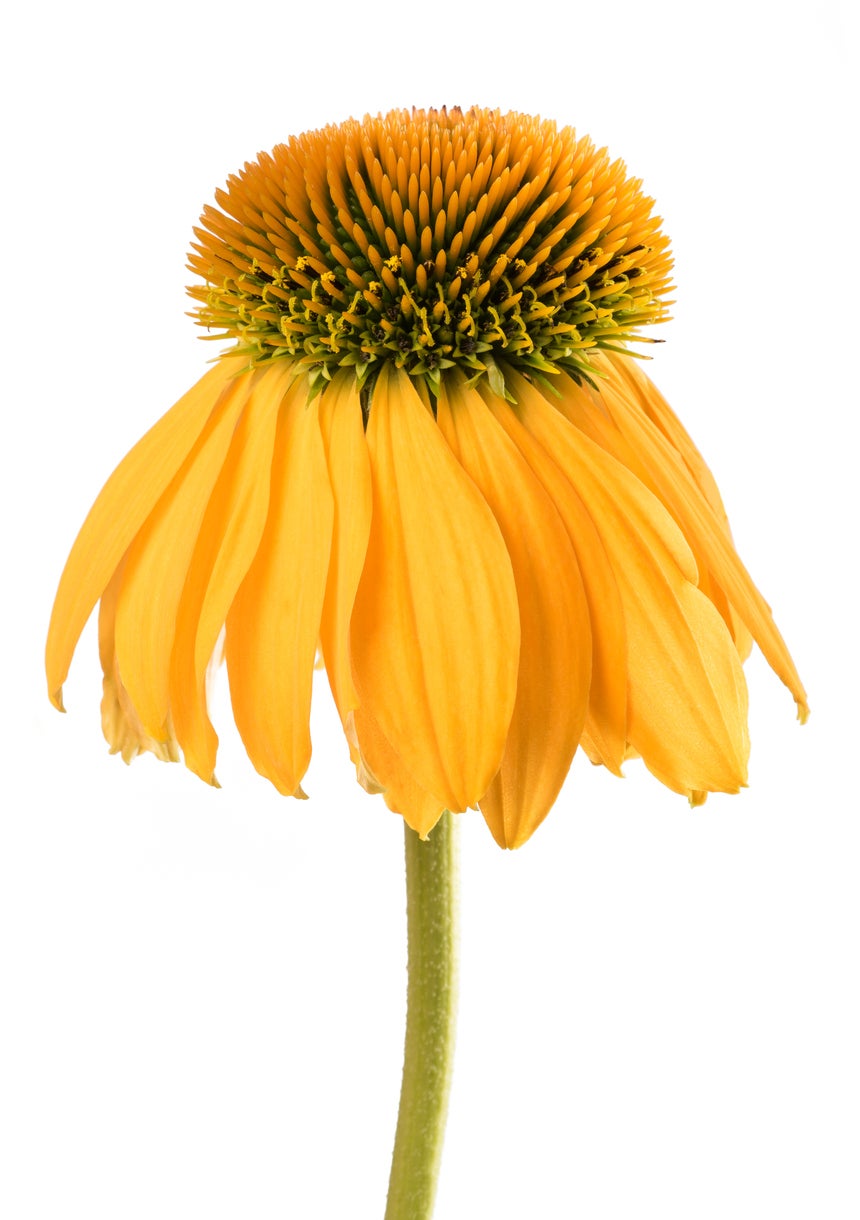 Yellow Echinacea Care – Learn About Growing Yellow Coneflowers
Yellow Echinacea Care – Learn About Growing Yellow ConeflowersEchinacea paradoxa stands out from other native echinacea plants. The “paradox” indicated in this variety’s name comes from the fact that it is the only native echinacea to produce yellow petals. Learn about growing yellow coneflowers here.
By Darcy Larum
-
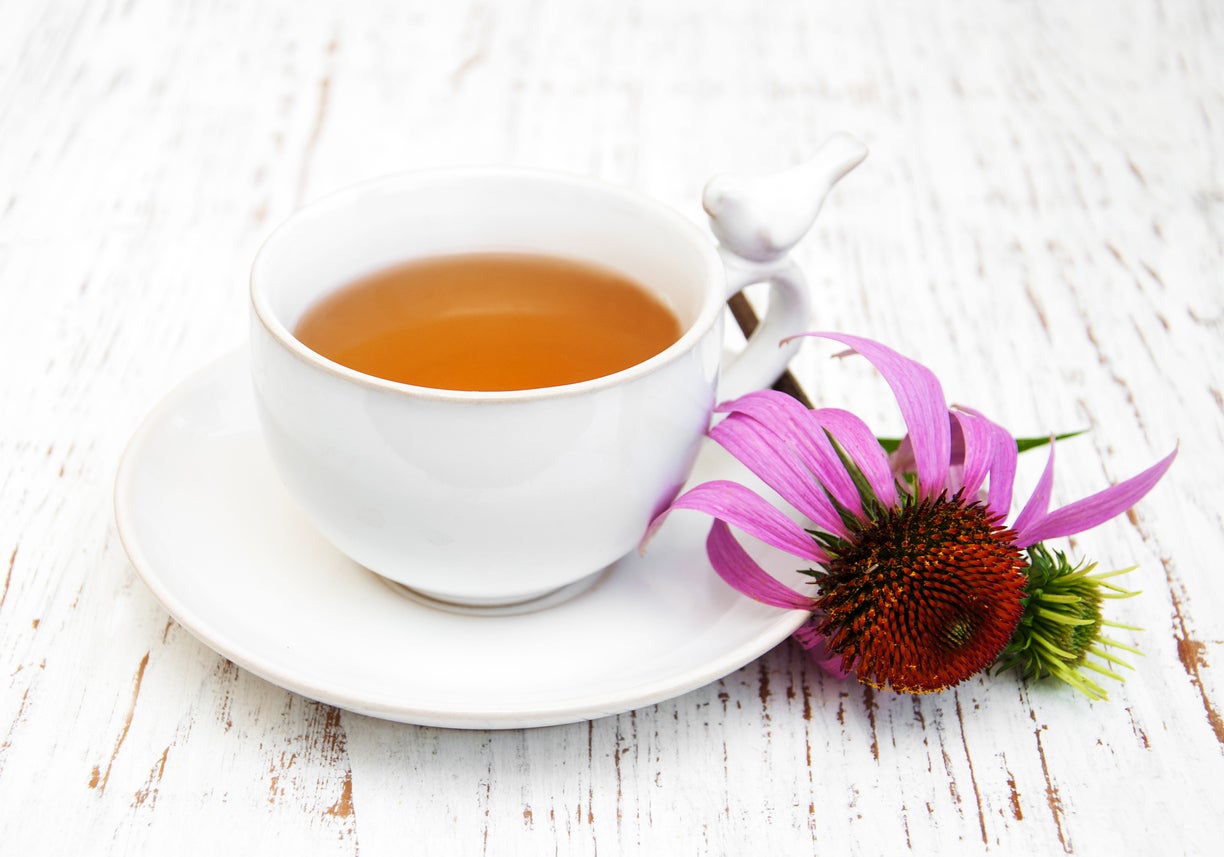 Coneflower Herbal Uses – Growing Echinacea Plants As Herbs
Coneflower Herbal Uses – Growing Echinacea Plants As HerbsConeflowers are pretty plants with big, bright flowers that attract butterflies and songbirds to the garden. But people have also been using coneflowers medicinally for many, many years. Click this article for more information on coneflower herbal uses.
By Teo Spengler
-
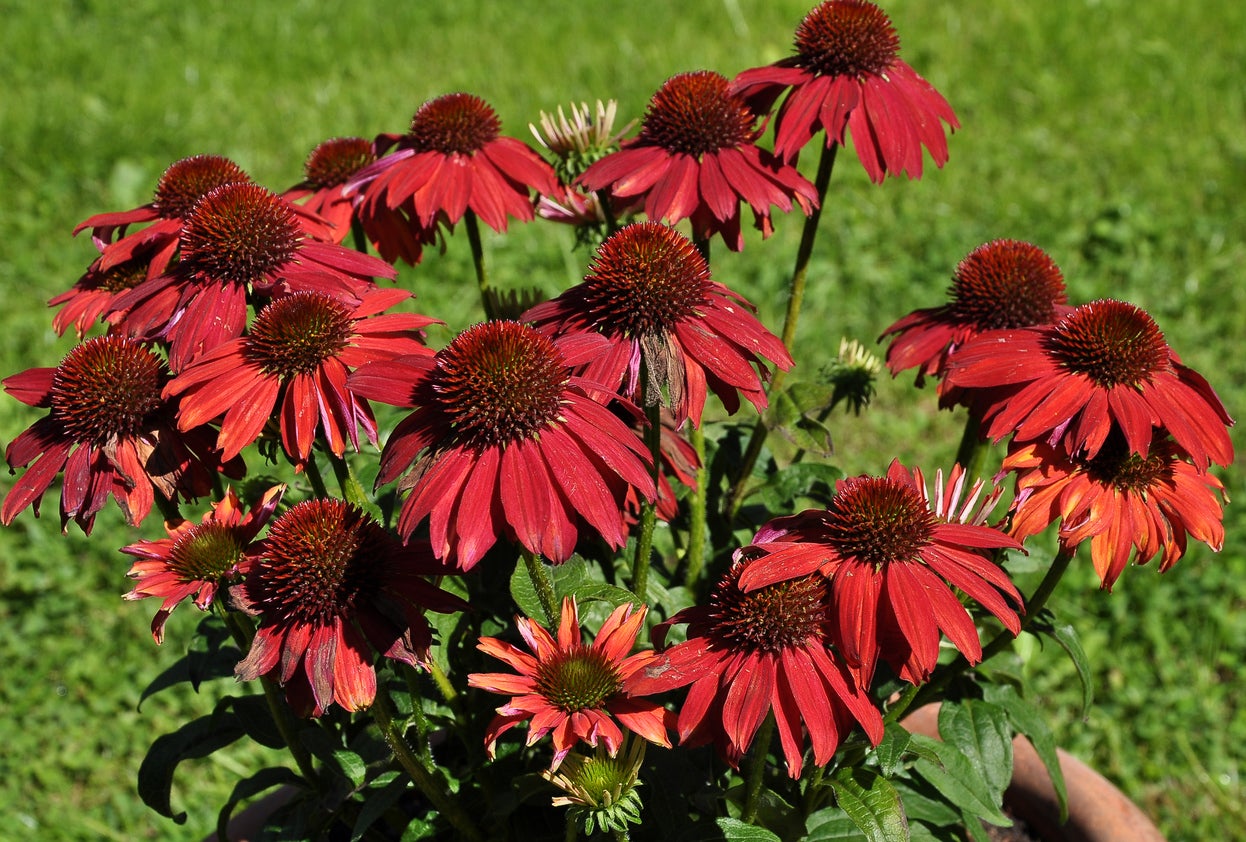 Types Of Coneflower – Learn About Different Kinds Of Coneflower Plant
Types Of Coneflower – Learn About Different Kinds Of Coneflower PlantBy Mary Ellen Ellis
-
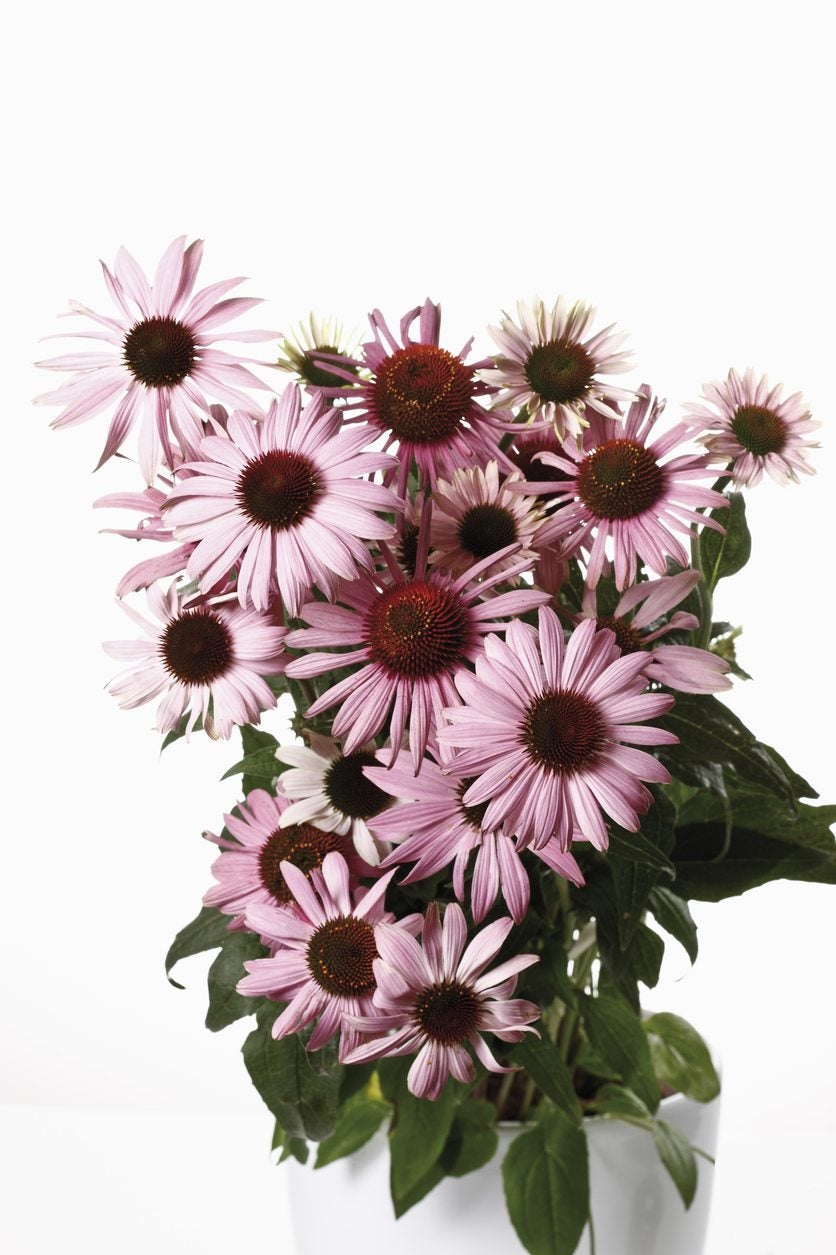 Coneflowers In A Pot – Tips On Caring For Container Grown Coneflowers
Coneflowers In A Pot – Tips On Caring For Container Grown ConeflowersConeflowers are very popular, colorful, flowering perennials. But what about containers? If you don't have the space for a garden bed, will coneflowers grow just as well on a patio or balcony? Click this article to learn more about how to grow coneflowers in a pot.
By Liz Baessler
-
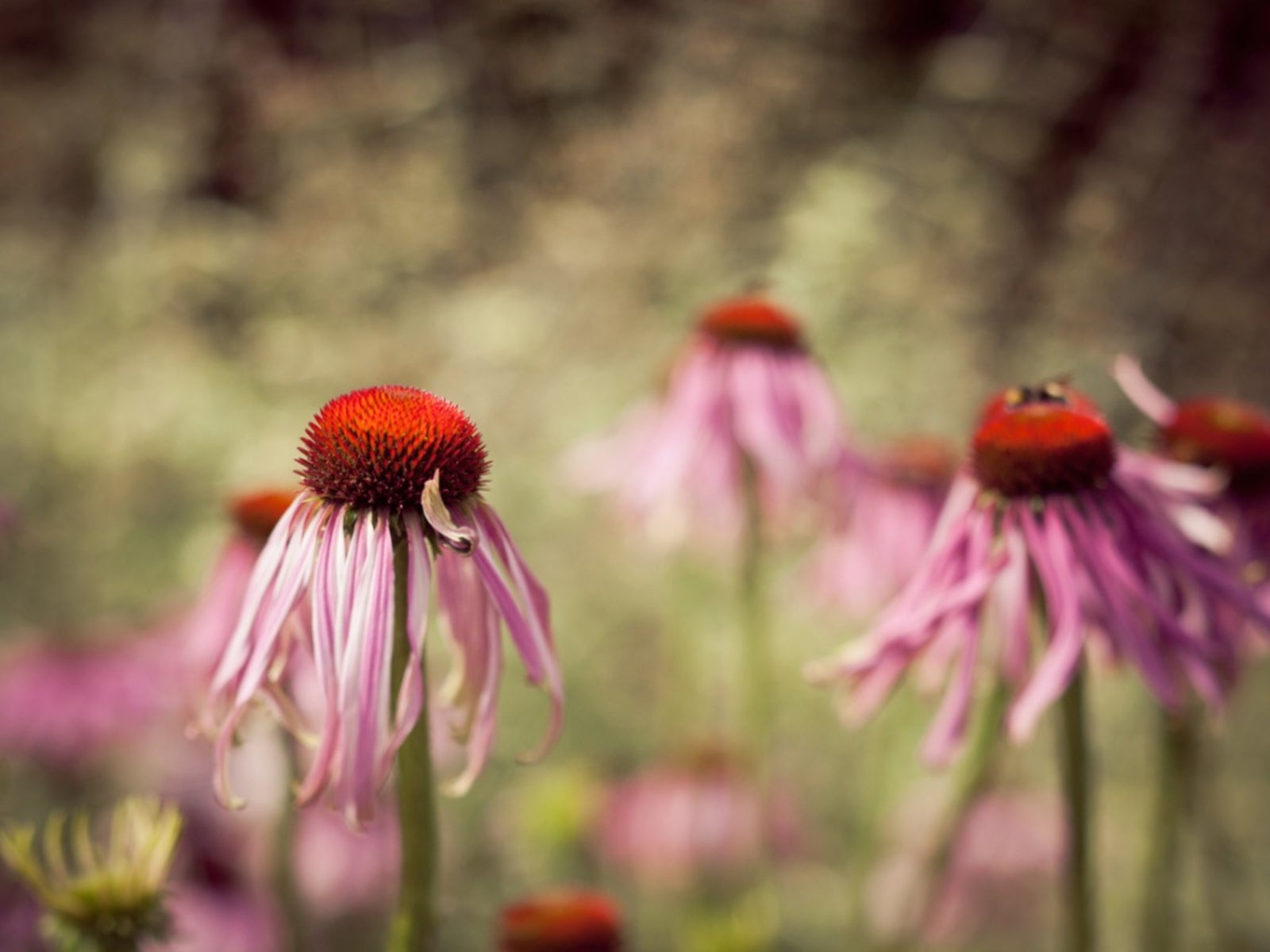 Echinacea Deadheading: Do You Need To Deadhead Coneflowers
Echinacea Deadheading: Do You Need To Deadhead ConeflowersAlso known as purple coneflower, Echinacea has grown wildly and contently for hundreds of years without any maintenance. When I suggest coneflowers to a customer, I am often asked "do you need to deadhead coneflowers?" Click here for the answer.
By Darcy Larum